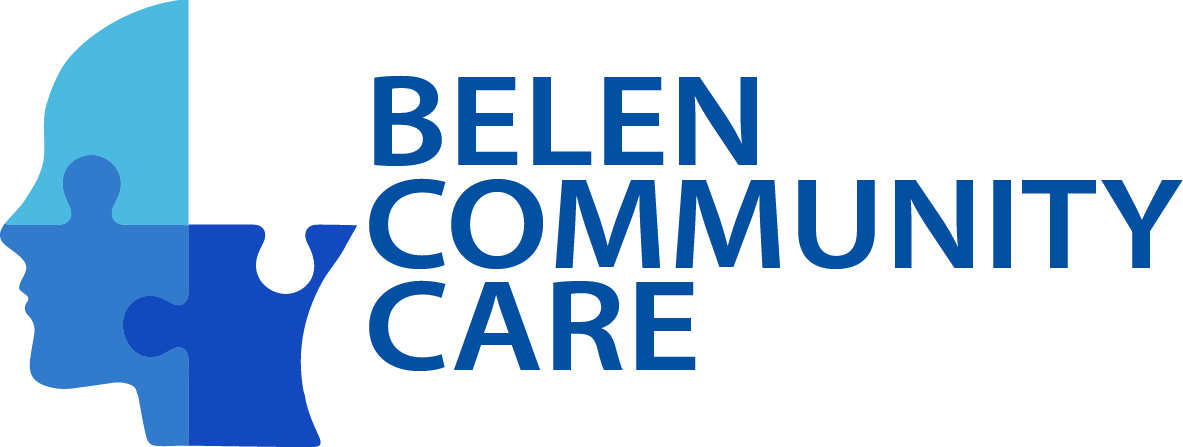
The fastest way to sleep?
Spending more time trying to fall asleep rather than actually sleeping? You’re not alone.
Just the act of trying too hard can cause (or continue) a cycle of anxious, nerve-wracking energy that keeps our minds awake.
And if your mind can’t sleep, it’s really difficult for your body to follow. But there are scientific tricks you can try to flip the switch and guide your body into a safe shut down mode.
We cover some science-based tricks to help you fall asleep faster.
How to sleep in 10 seconds
It usually takes a magic spell to fall asleep this quickly and on cue, but just like spells, with practice you can eventually get to the sweet 10-second spot.
Note: The method below takes a full 120 seconds to finish, but the last 10 seconds is said to be truly all it takes to finally snooze.

The military method
The popular military method, which was first reported by Sharon Ackerman, comes from a book titled “Relax and Win: Championship Performance.”
According to Ackerman, the U.S. Navy Pre-Flight School created a routine to help pilots fall asleep in 2 minutes or less. It took pilots about six weeks of practice, but it worked — even after drinking coffee and with gunfire noises in the background.
This practice is said to even work for people who need to sleep sitting up!
- Relax your entire face, including the muscles inside your mouth.
- Drop your shoulders to release the tension and let your hands drop to the side of your body.
- Exhale, relaxing your chest.
- Relax your legs, thighs, and calves.
- Clear your mind for 10 seconds by imagining a relaxing scene.
- If this doesn’t work, try saying the words “don’t think” over and over for 10 seconds.
- Within 10 seconds, you should fall asleep!
If this doesn’t work for you, you may need to work on the foundations of the military method: breathing and muscle relaxation, which have some scientific evidence that they work.
How to sleep in 60 seconds
These two methods, which focus on your breathe or muscles, help you take your mind off-topic and back to bed.
If you’re a beginner trying these hacks out, these methods may take up to 2 minutes to work.
4-7-8 breathing method
Mixing together the powers of meditation and visualization, this breathing method becomes more effective with practice.
To prepare, place the tip of your tongue against the roof of your mouth, behind your two front teeth. Keep your tongue there the whole time and purse your lips if you need to.
How to do one cycle of 4-7-8 breathing:
- Let your lips part slightly and make a whooshing sound as you exhale through your mouth.
- Then close your lips and inhale silently through your nose. Count to 4 in your head.
- Then hold your breath for 7 seconds.
- After, exhale (with a whoosh sound) for 8 seconds.
- Avoid being too alert at the end of each cycle. Try to practice it mindlessly.
- Complete this cycle for four full breaths. Let your body sleep if you feel relaxation coming on earlier than anticipated.
Progressive muscle relaxation (PMR)
Progressive muscle relaxation, also known as deep muscle relaxation, helps you unwind.
The premise is to tense — but not strain — your muscles and relax to release the tension. This movement promotes tranquility throughout your body. It’s a trick recommended to help with insomnia.
Before you start, try practicing the 4-7-8 method while imagining the tension leaving your body as you exhale.

Relaxation script
- Raise your eyebrows as high as possible for 5 seconds. This will tighten your forehead muscles.
- Relax your muscles immediately and feel the tension drop. Wait 10 seconds.
- Smile widely to create tension in your cheeks. Hold for 5 seconds. Relax.
- Pause 10 seconds.
- Squint with your eyes shut. Hold 5 seconds. Relax.
- Pause 10 seconds.
- Tilt your head slightly back so you’re comfortably looking at the ceiling. Hold 5 seconds. Relax as your neck sinks back into the pillow.
- Pause 10 seconds.
- Keep moving down the rest of the body, from your triceps to chest, thighs to feet.
- Let yourself fall asleep, even if you don’t finish tensing and relaxing the rest of your body.
As you do this, focus on how relaxed and heavy your body feels when it’s relaxed and in a comfortable state.
How to fall asleep in 120 seconds
If the previous methods still didn’t work, there might be an underlying blockage you need to get out. Try these techniques!
Tell yourself to stay awake
Also called paradoxical intention, telling yourself to stay awake may be a good way to fall asleep faster.
For people — especially those with insomnia — trying to sleep can increase performance anxiety.
Research has found people who practiced paradoxical intention fell asleep faster than those who didn’t. If you often find yourself stressed out about trying to sleep, this method may be more effective than traditional, intentional breathing practices.
Visualize a calm place
If counting activates your mind too much, try engaging your imagination.
Some say that visualizing something can make it real, and it’s possible this works with sleep, too.
In a 2002 study from the University of Oxford, researchers found that people who engaged in “imagery distraction” fell asleep faster than those who had general distraction or no instructions.
Image distraction
- Instead of counting sheep, try to imagine a serene setting and all the feelings that go with it. For example, you can imagine a waterfall, the sounds of echoing, rushing water, and the scent of damp moss. The key is to let this image take up space in your brain to prevent yourself from “re-engaging with thoughts, worries, and concerns” pre-sleep.











Leave a reply